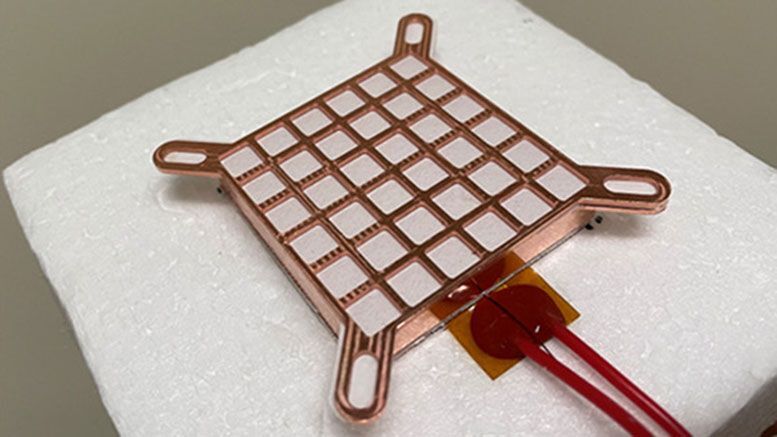- cross-posted to:
- [email protected]
- [email protected]
- cross-posted to:
- [email protected]
- [email protected]
You know, I was just thinking that salt water is definitely what my last PC build was missing.
That’s what I thought too, but this system doesn’t actually use salt water. It uses a membrane that’s filled with lithium bromide (a “salt” in the chemical sense of the word), which absorbs moisture from the air while the computer is off and then is able to slowly “sweat” the moisture away while the computer is running. They say it can run for about 6.5 hours before needing to be recharged.
This is pretty cool for data centers which use massive amounts of power to keep everything cool, because it’s passive and doesn’t use any extra energy for fans or water pumps or anything. It really isn’t all that great for consumer PCs though, because it’s a lot easier to deal with waste heat.
data centers
recharge while the computer is off
I don’t know of many data centers that don’t run their servers 24/7
Yeah I caught that too. That makes it a pro for personal computers and a con for data centers heheh
It’s easy you just buy three times the current hardware, and just cycle it. Obviously that’s more efficient. /s
Wouldn’t data centres not turn off though and therefore not be able to recharge?
Depending on how long it takes to recharge vs the discharge rate (it doesn’t seem to mention recharge rate in the article) they may be able to shut down 25% of the cooling array to let it recharge while the other 75% picks up the load.
I mean, scaled up could this help with home cooling?
+33% cooling
+50% conductivity
+10 corrosion damage„32.65% better performance“ compared to what? That article is utter garbage.
Because what goes better around electronics than conductive liquids?
A silent, energy-free cooling solution that works for hours at a time? Sounds like it’s perfect for military operations. Imagine the Boston Dynamics robots, but without the whirr of cooling fans.
Well that’s pretty neato.





